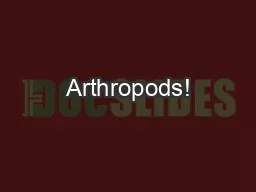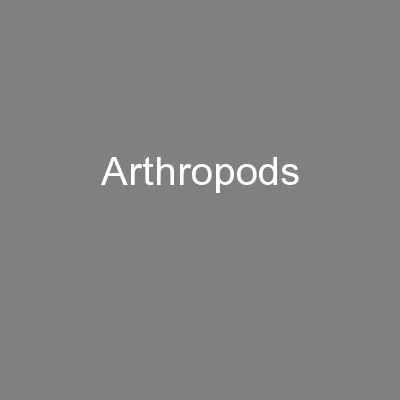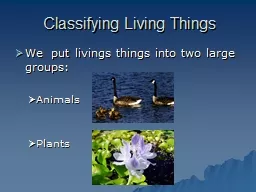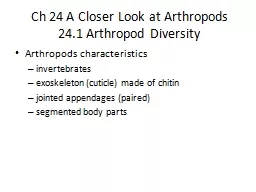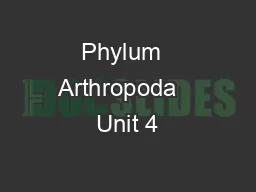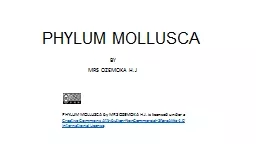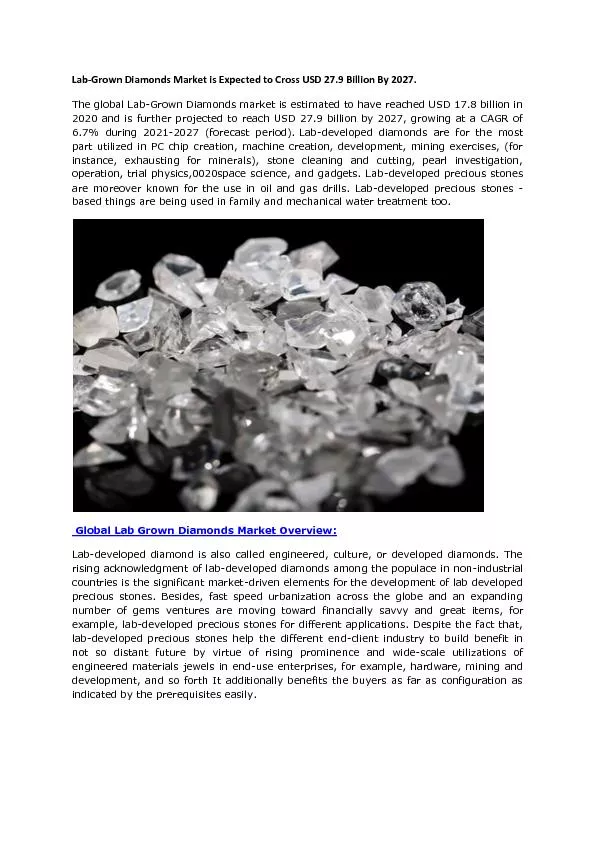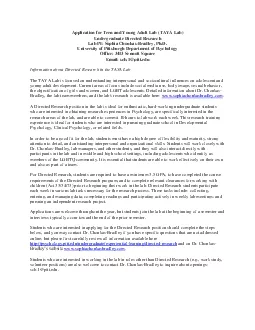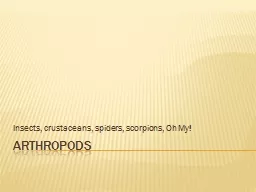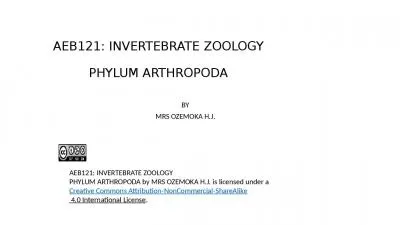PPT-Lab #12 Molluscs and Arthropods
Author : lindy-dunigan | Published Date : 2018-03-23
Class Scaphopoda 300 species tooth shells tusk shells all are burrowing marine animals most distinctive characteristic conical shell open at both ends Class
Presentation Embed Code
Download Presentation
Download Presentation The PPT/PDF document "Lab #12 Molluscs and Arthropods" is the property of its rightful owner. Permission is granted to download and print the materials on this website for personal, non-commercial use only, and to display it on your personal computer provided you do not modify the materials and that you retain all copyright notices contained in the materials. By downloading content from our website, you accept the terms of this agreement.
Lab #12 Molluscs and Arthropods: Transcript
Download Rules Of Document
"Lab #12 Molluscs and Arthropods"The content belongs to its owner. You may download and print it for personal use, without modification, and keep all copyright notices. By downloading, you agree to these terms.
Related Documents


